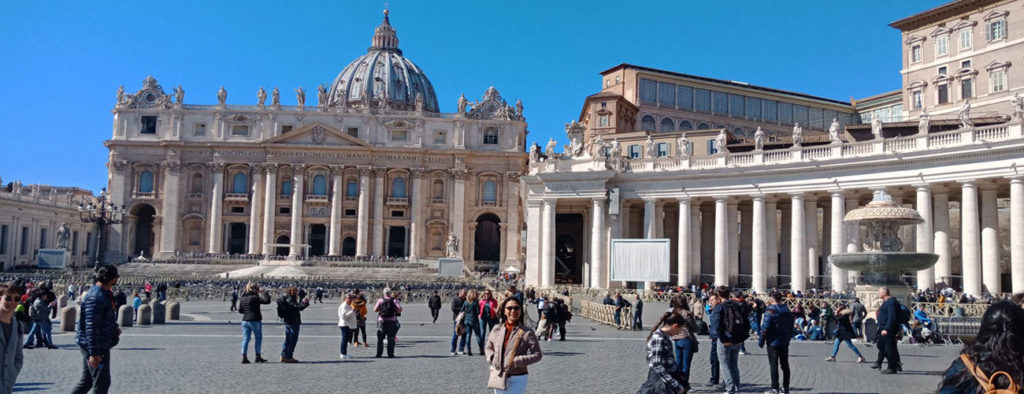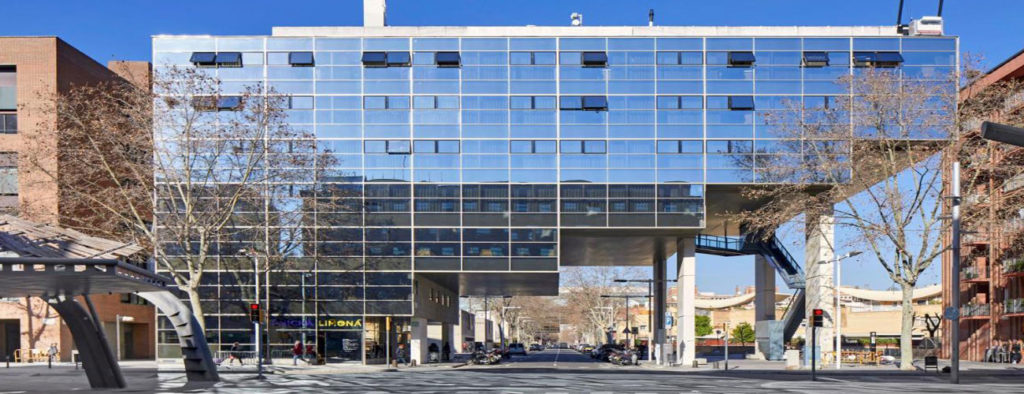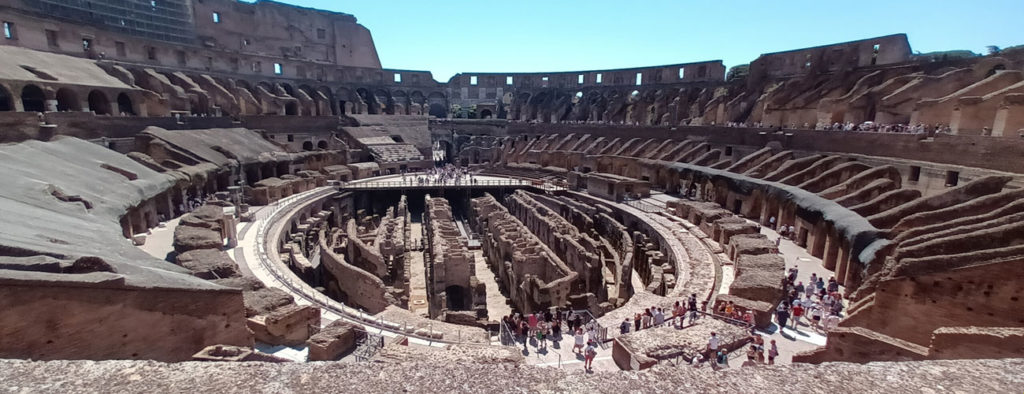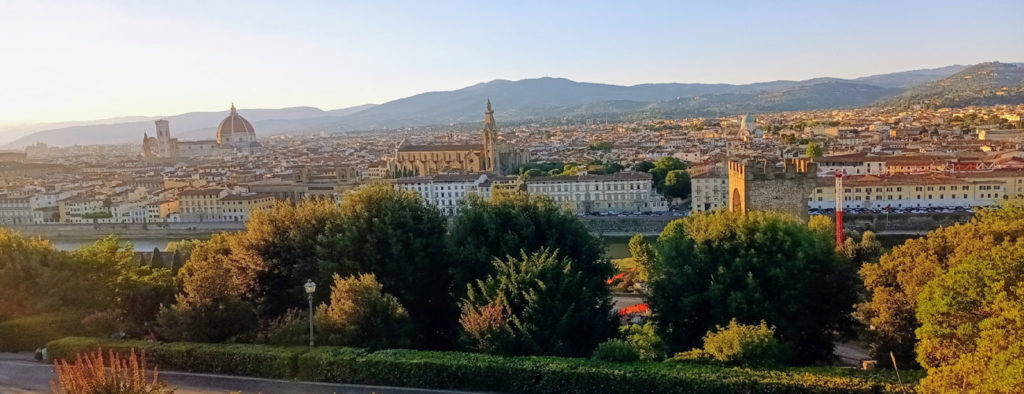Walking tour in Barcelona.
Walking tour in Barcelona, Spain
You can start from the Metro station of Passeig de Gracia and you can end your walking tour in Colon. That depends on your walking pace, it could take up to 2 hours.
You will come out onto the wide boulevard with lots of cafes and restaurants, then you will be heading down towards Plaza Catalunya. On the left corner with Carrer Provenca you will see the grey ‘La Pedrera’ house by Gaudi with the Darth-Vader chimneys. After passing some blocks further down on the right in between streets of Arago and Consell de Cent you can see the beautiful mosaic exterior of the Casa Batllo, also by Gaudi. As you continue a few more minutes, you will come into Plaza Catalunya, from here is a good place to begin your walking tour.
Remember to take the Metro if you are starting here, when you exit the metro you will come into a round hall, take the steps ahead of you for Las Ramblas and the tunnel/steps to the left for the Hard Rock Cafe. Notice that Plaza Catalunya is a very busy centre of Barcelona, where you will also find the airport bus, the large ‘El Corte Inglés’ department store and the Hard Rock Cafe is just around the corner from the beginning of Las Ramblas. This is a good place to start and as you walk you can see different goods on sale from birds to flowers to art to handicrafts as one Rambla rolls into another (there are five ‘ramblas’ leading down to the port area). On the left hand side of Las Ramblas, you have the Casco Antiguo (Old Town) with narrow streets, small shops and the medieval Barrio Gotico. You do not worry about this area as it is known to be safe especially the streets which connect Las Ramblas to the main shopping streets and the cathedral. To the right of Las Ramblas you can see the Barrio Chino.
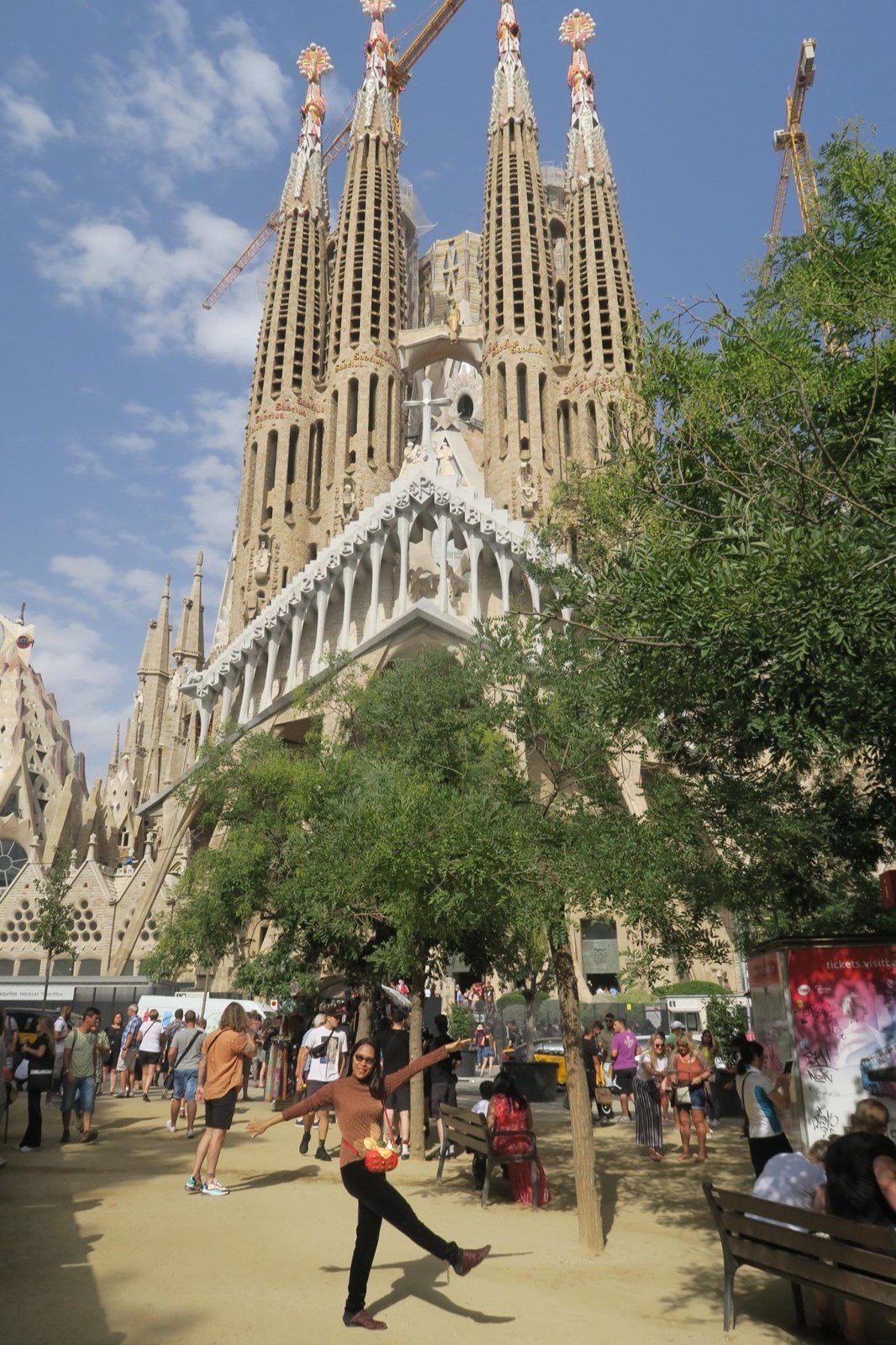
As you keep on walking you can see the Canaletas Fountain, on the central pedestrian thoroughfare on the right side. It is a bronze and iron fountain which is very unremarkable. There has been a saying that if you want to come back to Barcelona you have to drink the water. Football fans come to celebrate victory in the most important matches here on this place.
There are a great number of bureau de change and ATMs along the way to Las Ramblas. On the right side you will see the baroque Palacio de la Virreina, they are also offering information on arts & entertainment.As you go on further near Metro Liceu, you will see the entrance to the fantastic Boquería Food Market with the colourful paving stones designed and signed by Joan Miró a few steps south. It is good if you could spend some time to explore the market a little, they are selling almost everything like pastries, fish, meat, vegetables etc. Going down the street you find the impressive Teatro del Liceo, the Opera House and on the right which has famously burntdown three times and looking at the opposite side you can see the exquisite Café de la Opera where Barcelona’s writers and poets have enjoyed their famous horchata or chocolate & churros. Proceed a few more minutes, turn left onto Carrer Ferrán, McDonald’s and KFC mark the corner with many old shops built in the 1800s.
You soon turn right through the arches into the 19th century Plaza Real to see the Fountain of the Three Graces and the lamp posts designed by Gaudí. This is frequently used in commercials and pop videos, the square is the hub of Las Ramblas nightlife and a place to be extra alive in the evening. You can exit from the square back onto Las Ramblas and looking to the right you will see a small door for Flamenco Tablao Cordobes. Notice at the very end of Las Ramblas you will find the monument to Cristóbal Colón and this can mark the end of your walking tour.
Walking tour in Barcelona, Spain
You can start from the Metro station of Passeig de Gracia and you can end your walking tour in Colon. That depends on your walking pace, it could take up to 2 hours.
You will come out onto the wide boulevard with lots of cafes and restaurants, then you will be heading down towards Plaza Catalunya. On the left corner with Carrer Provenca you will see the grey ‘La Pedrera’ house by Gaudi with the Darth-Vader chimneys. After passing some blocks further down on the right in between streets of Arago and Consell de Cent you can see the beautiful mosaic exterior of the Casa Batllo, also by Gaudi. As you continue a few more minutes, you will come into Plaza Catalunya, from here is a good place to begin your walking tour.
Remember to take the Metro if you are starting here, when you exit the metro you will come into a round hall, take the steps ahead of you for Las Ramblas and the tunnel/steps to the left for the Hard Rock Cafe. Notice that Plaza Catalunya is a very busy centre of Barcelona, where you will also find the airport bus, the large ‘El Corte Inglés’ department store and the Hard Rock Cafe is just around the corner from the beginning of Las Ramblas. This is a good place to start and as you walk you can see different goods on sale from birds to flowers to art to handicrafts as one Rambla rolls into another (there are five ‘ramblas’ leading down to the port area). On the left hand side of Las Ramblas, you have the Casco Antiguo (Old Town) with narrow streets, small shops and the medieval Barrio Gotico. You do not worry about this area as it is known to be safe especially the streets which connect Las Ramblas to the main shopping streets and the cathedral. To the right of Las Ramblas you can see the Barrio Chino.
As you keep on walking you can see the Canaletas Fountain, on the central pedestrian thoroughfare on the right side. It is a bronze and iron fountain which is very unremarkable. There has been a saying that if you want to come back to Barcelona you have to drink the water. Football fans come to celebrate victory in the most important matches here on this place.
There are a great number of bureau de change and ATMs along the way to Las Ramblas. On the right side you will see the baroque Palacio de la Virreina, they are also offering information on arts & entertainment.As you go on further near Metro Liceu, you will see the entrance to the fantastic Boquería Food Market with the colourful paving stones designed and signed by Joan Miró a few steps south. It is good if you could spend some time to explore the market a little, they are selling almost everything like pastries, fish, meat, vegetables etc. Going down the street you find the impressive Teatro del Liceo, the Opera House and on the right which has famously burntdown three times and looking at the opposite side you can see the exquisite Café de la Opera where Barcelona’s writers and poets have enjoyed their famous horchata or chocolate & churros. Proceed a few more minutes, turn left onto Carrer Ferrán, McDonald’s and KFC mark the corner with many old shops built in the 1800s.
You soon turn right through the arches into the 19th century Plaza Real to see the Fountain of the Three Graces and the lamp posts designed by Gaudí. This is frequently used in commercials and pop videos, the square is the hub of Las Ramblas nightlife and a place to be extra alive in the evening. You can exit from the square back onto Las Ramblas and looking to the right you will see a small door for Flamenco Tablao Cordobes. Notice at the very end of Las Ramblas you will find the monument to Cristóbal Colón and this can mark the end of your walking tour.
Other options
To have a great view of Colon, you can also take the elevator to the top for a small fee. To return to your hotel your nearest Metro is Drassanes. You can alternatively, walk to the left and you find the area of Barceloneta with a lot of good seafood restaurants and the nearest beach to the city centre (Metro: Barceloneta). Just in front, crossing a curvy wooden bridge, you will find the modern Maremagnum Mall with lots of shops and fast food outlets that is open the whole weekdays. On the upper levels and the roof terrace there are pubs, bars and discotheques for night entertainment. You will also find a multi-screen cinema complex, mostly in Spanish and the Aquarium if you want to walk through and exit the mall on the other side.
Enjoy the good climate of Barcelona
Enjoy a typically Mediterranean climate with cool winters in Barcelona and have a sun tan during hot summers. It is less hot in summer and warmer in the winter than many other Spanish coastal resorts. Barcelona is more crowded compared with another cities in Spain that is heavily influenced by the urban island heat effect. Areas outside of the urbanized districts can have as much as 2 °C of difference in temperatures throughout the year. In the coldest month, January, the temperature typically ranges from 12 to 18 °C (54 to 64 °F) during the day, 6 to 12 °C (43 to 54 °F) at night the sea can have the average temperature of 13 °C (55 °F). Its average annual temperature is 21.2 °C (70.2 °F) during the day and 15.1 °C (59.2 °F) at night. The average annual temperature of the sea is about 20 °C (68 °F). Generally, the summer or “holiday” season lasts about six months, from May to October. Two months – April and November – are transitional; sometimes the temperature exceeds 20 °C (68 °F), with an average temperature of 18–19 °C (64–66 °F) during the day and 11–13 °C (52–55 °F) at night. Frosts are very rare in the city of Barcelona because of the proximity to the warm sea plus the urban heat island. December, January and February are the coldest months, with average temperatures around 15 °C (59 °F) during the day and 9 °C (48 °F) at night. In the warmest month, August, the typical temperature ranges from 27 to 31 °C (81 to 88 °F) during the day, about 23 °C (73 °F) at night and the average sea temperature is 26 °C (79 °F).
Edit this page
This place maybe your favorite hangout, you maybe more expert here. Would you be happy to edit this page? please feel free to leave your comment below. I would be happy to post your walking tour recommendations/suggestions for Barcelona. You can post your website link here so that our readers can explore your page as well. Either way, we are helping each other to build a more informative online community.
